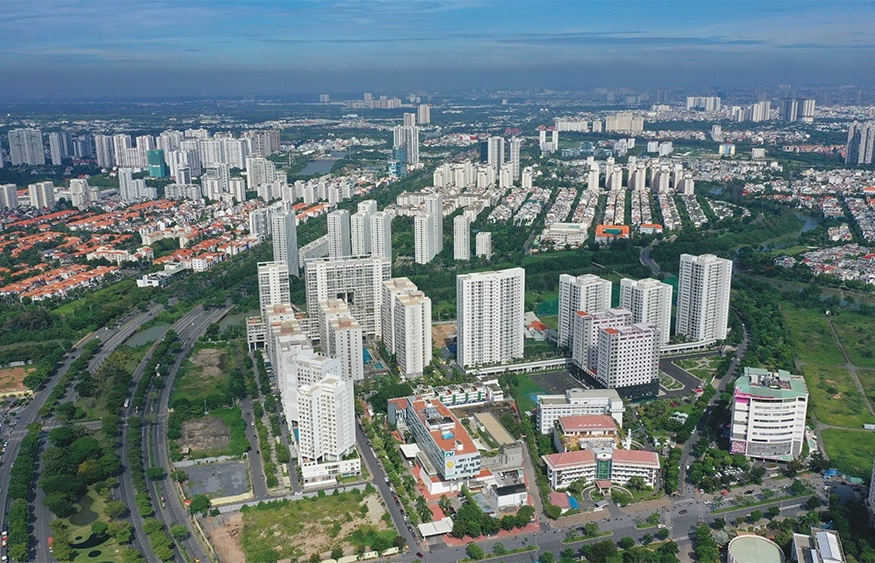Growth drives Vietnam’s human development progress

illustration photo
A report released on November 9 by the UNDP said Vietnam’s Human Development Index (HDI) rose 11.8 per cent between 1999 and 2008.
Income growth has contributed 55.7 per cent to the HDI growth, while improved life expectancy and education have contributed 31.8 per cent and 12.6 per cent, respectively.
Addressing the ceremony, UNDP country director Setsuko Yamazaki said the report ranked Vietnam 128 out of 187 countries surveyed.
Together with economic situation and national origins, geographical and regional differences are the most important factors causing inequality in Vietnam, hindering the country from gaining a higher human development level, she said.
The official said the report provides additional input for policymakers to make smart investment decisions for the social sector, at both national and local levels, in order to achieve the full potential of human development in Vietnam.
The 2011 report - Social Services for Human Development - looks at human development progress across all of Vietnam’s regions and finds considerable variation in levels of human development.
According to the report, major cities such as Hanoi, Ho Chi Minh City and Danang have levels of human development comparable to China, Jordan and Belize while poor provinces like Lai Chau and Ha Giang have human development levels similar to Papua New Guinea and Swaziland.
The report also introduces a new Multidimensional Poverty Index for Vietnam, the first national non-monetary poverty index developed specifically for Vietnam.
According to this measurement, more people in Vietnam suffer from multidimensional poverty than income poverty. In 2008, the rate of income poverty was 14.5 per cent while it was 23.3 per cent for multidimensional poverty.
The report finds that the bulk of health and education expenditure comes from private household spending. This spending is at much higher levels than the 30 per cent considered optimal for social equity and continued human development.
In health care, 56 per cent of overall expenditure come from household spending. This has a catastrophic impact on poor and vulnerable households, with 8.1 per cent of households in 2008 spending more than 20 per cent of their total household expenditure on health care services and 3.7 per cent being impoverished as a direct result of their high health care spending.
The authors of the report argue that a more equitable distribution of the cost burden for social services is required. In that respect they recommend the government reviews the current socialisation policy and its impact on healthcare and education spending.
What the stars mean:
★ Poor ★ ★ Promising ★★★ Good ★★★★ Very good ★★★★★ Exceptional
 Tag:
Tag:
Related Contents
Latest News
More News
- VIR to host seminar on ESG integration (November 19, 2024 | 08:45)
- ESG implementation spurs bank progress (November 18, 2024 | 13:37)
- Green-digital transition must start with proper mindset (November 13, 2024 | 16:49)
- New Zealand shares sustainable development experience with Vietnam (November 13, 2024 | 15:55)
- Vietnam on the verge of green industrial revolution (November 12, 2024 | 15:57)
- VIR sustainable development conference opens in Hanoi (November 12, 2024 | 09:42)
- Taking the lead in dual transition for a greener Vietnam (November 11, 2024 | 17:00)
- Vietnamese consumers careful amid economic volatility (November 11, 2024 | 13:55)
- Quality must come first in chip mission (November 11, 2024 | 10:33)
- Vietnam's digital economy estimated to reach $36 billion in 2024 (November 07, 2024 | 13:52)

























 Mobile Version
Mobile Version